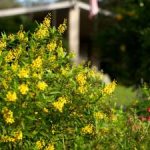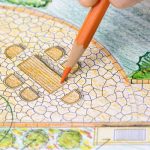Want a yard that explodes with color all year long? Animate your yard with winged wildlife.
The things that make a yard attractive to butterflies and hummingbirds also make it attractive to us: shade, cover and loads of carefree blooms that return year after year.
A wildlife garden is both low-maintenance and delightful. All you need is a plan, a shovel and a patient mix of plants.
- Plot – Figure out where your pathways and clearings need to be. See all the empty space left over? That’s where the plants should go.
- Plan – Does your yard get eight hours of full sun? If so, add flowering and fruit-bearing trees and shrubs to provide shade, perches and cover close to the ground. If you already have shade, plan on a good mix of evergreen textures and blooming plants such as Turk’s cap and tropical sage.
- Plant – Always choose hardy shrubs or perennials that’ll take care of themselves and return on their own. You’ll need nectar plants, plus a few larval hosts for butterflies to lay eggs on.
- Nurture – Except for gentle weeding and judicious pruning, most maintenance in a wildlife garden can be left for autumn and late winter since plants are being used for nesting and feeding during spring and summer.
Avoid using plants that require overhead watering during summer, particularly with Stage 3 drought restrictions on the horizon. If you do irrigate, use drip. Otherwise you’ll wash the nectar – and the wings – right out of the flowers!




